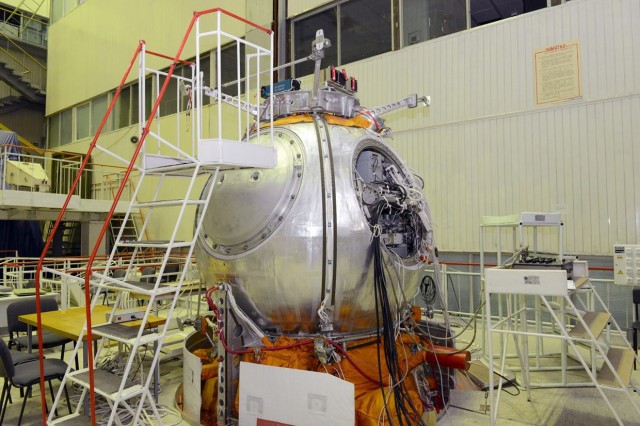Russian spacecraft returns to Earth with most of its furry crew dead
Ars Technica » Scientific Method 2013-05-20
A Russian spacecraft containing 45 mice, 8 gerbils, and 15 newts returned to Earth on Sunday. The spacecraft, a modified Bion-M life sciences satellite, was launched in April 2013 and was intended to study the biological effects of long-term weightlessness. However, due to a combination of equipment failure and what scientists referred to as "the stresses of space," fewer than half the mice (and none of the gerbils) remained alive after their month in space. The newts were fine, though.
The low survival rate among rodents "was to be expected," according to Vladimir Sychov, deputy director of the Institute of Medical and Biological Problems, the agency conducting the experiment. The Bion-M satellite was equipped with internal cameras so that scientists could visually monitor the animals during flight, which orbited at an altitude of about 357 miles (575 km). This is far higher than the International Space Station's orbit of 250 miles (410 km).
That most organisms, including humans, undergo physical changes in prolonged microgravity is already well-understood; the United States and the Soviet Union (and later Russia) have been conducting long-duration manned space flights as far back as the early 1960s, and there is a plethora of data on the subject. However, conducting detailed experiments on the biological deficits incurred through long exposure to microgravity—including skeletal and muscular deterioration—is ethically difficult because at least some amount of the damage could be irreversible. Astronauts and cosmonauts undergoing multi-month missions on the International Space Station follow a rigorous exercise schedule intended to stave off microgravity-induced health problems.
Read 2 remaining paragraphs | Comments
